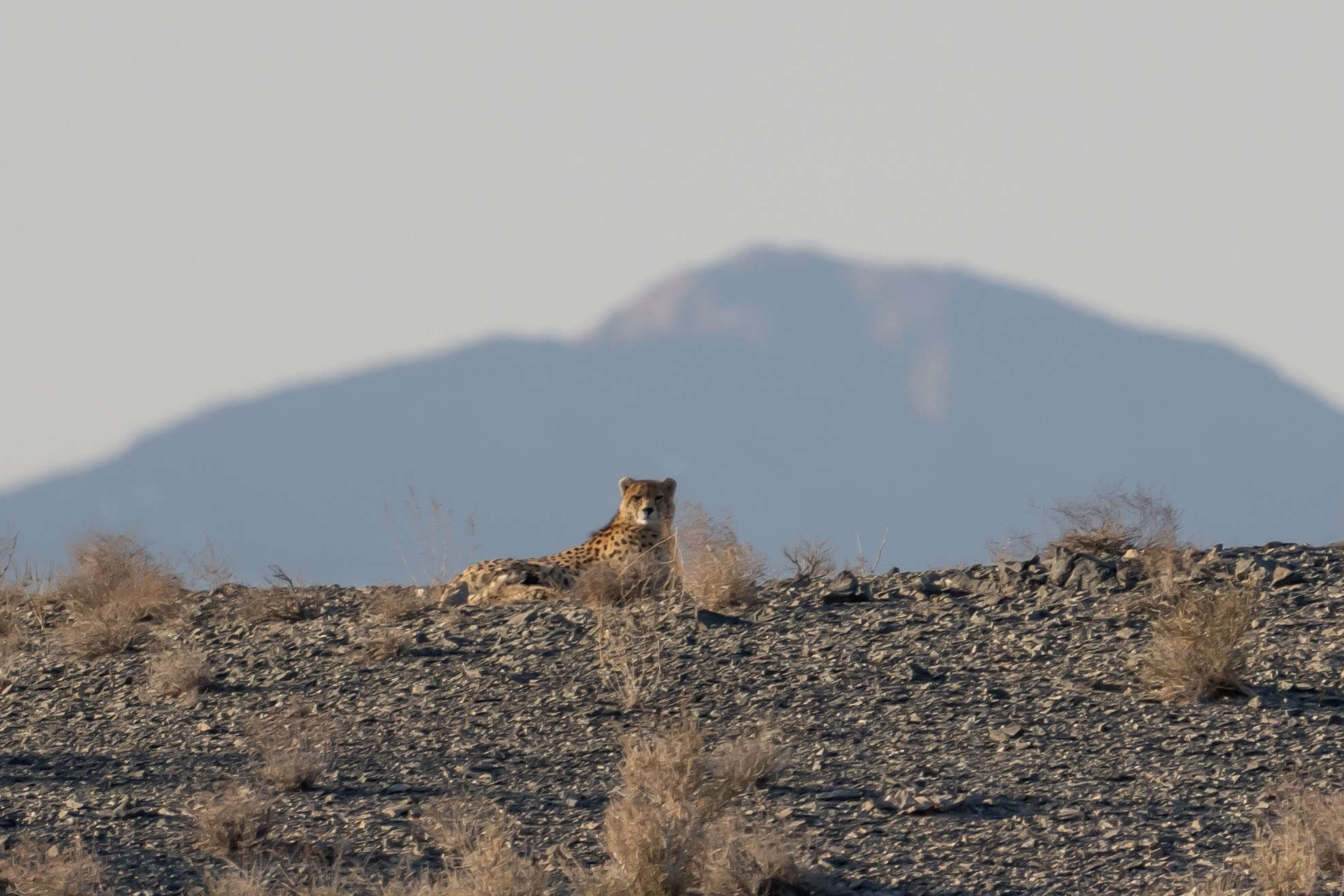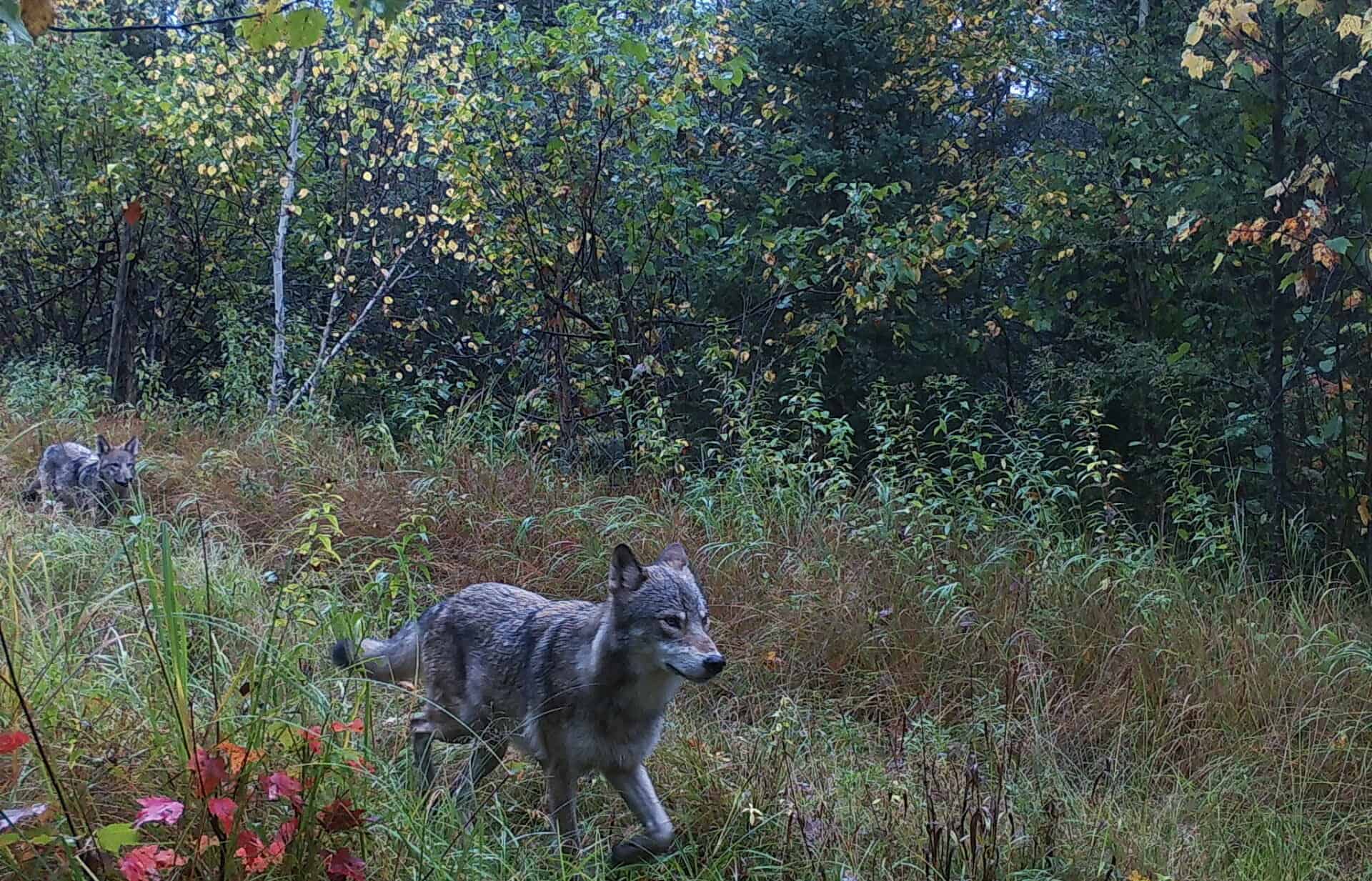
History may point to a brighter future for Canada lynx
Areas the predator once roamed may be able to support them again

Deep snows deter red foxes
Frequent, larger snow events brought on by climate change could reduce fox populations

Current and past TWS presidents urge Wyoming to address wildlife abuse
Wildlife professional leaders are appalled by recent events involving the abuse and frivolous killing of a gray wolf in western Wyoming
PAID AD


USFWS begins grizzly bear restoration assessment in the Bitterroot ecosystem
The USFWS informs about possible options for grizzly bear restoration

Iran frees scientists who studied big cats
The four were among nine arrested in January 2018

Colorado calf killed by wolf
It’s the first known livestock kill after the predators were reintroduced to the state in December


Hunter harvests wolf in Michigan coyote hunt
No wolf had been seen in that part of the state for over a century

New agreement paves the way for ocelot reintroduction on private lands
The safe harbor agreement lets ranch operations continue

Will grizzlies and ‘grolar bears’ reduce caribou?
Northwest Territories hunters and biologists are seeing more grizzlies and hybrids
PAID AD







